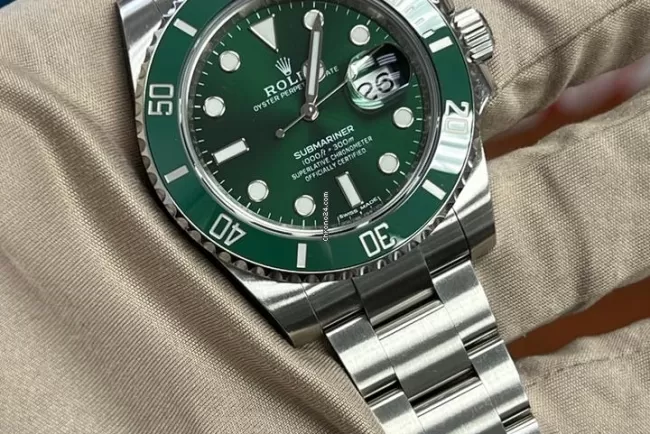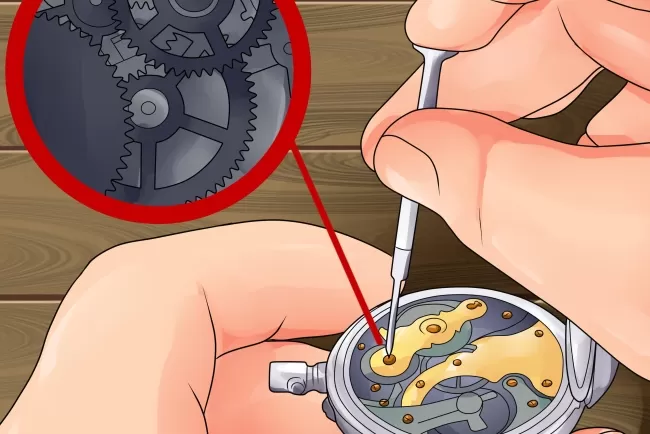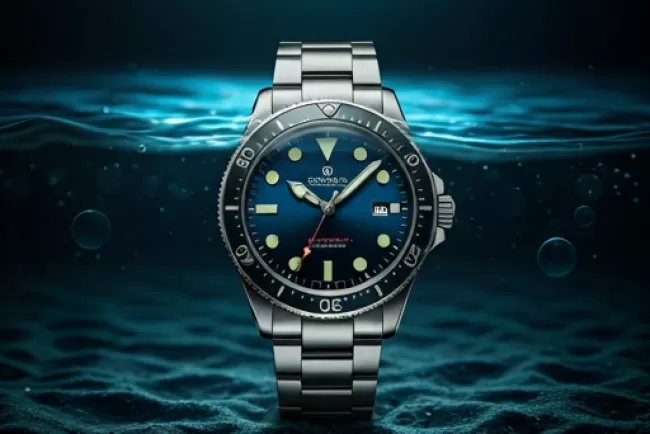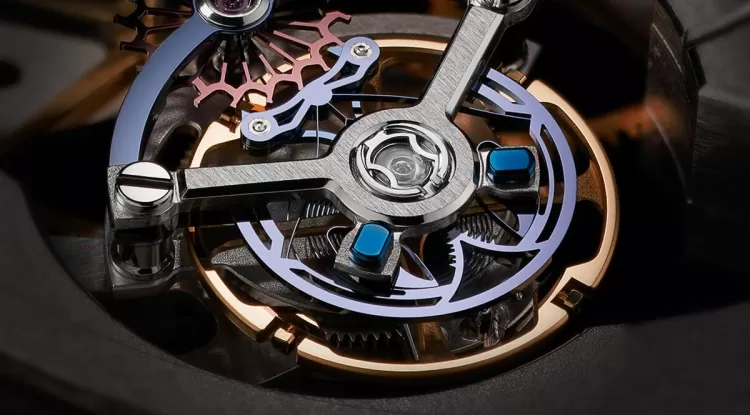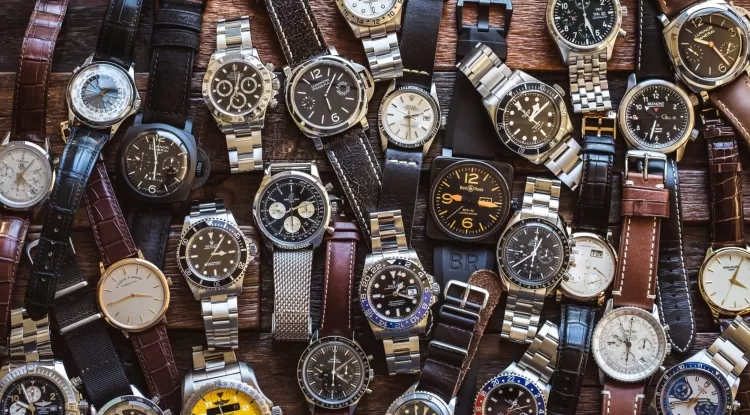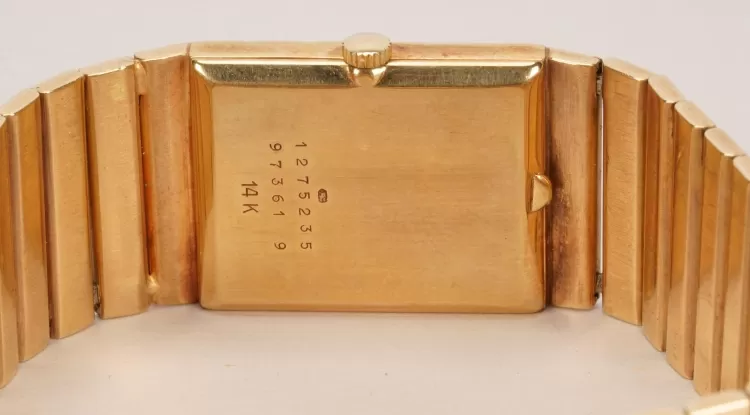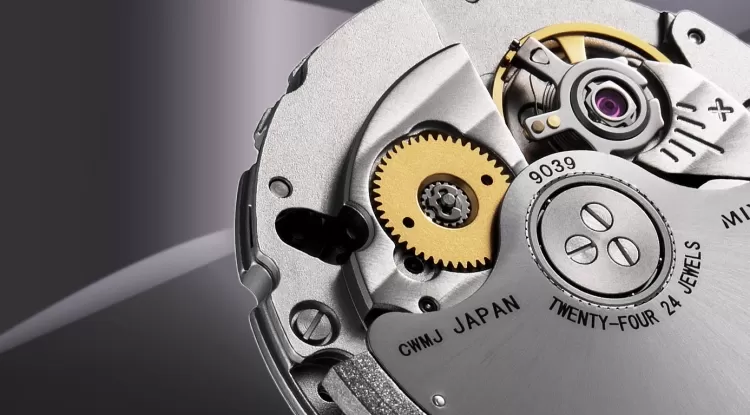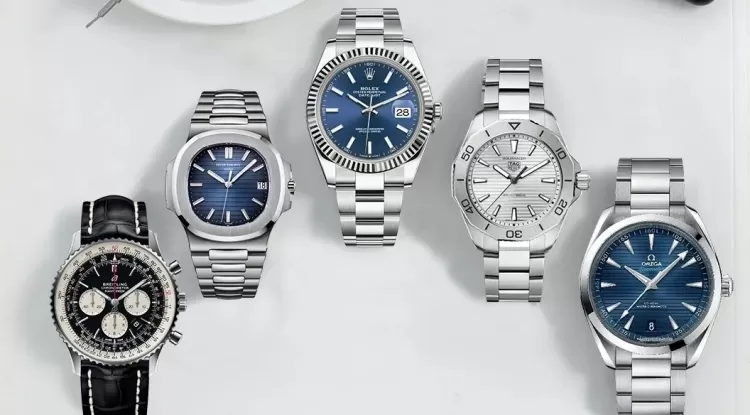What Do Water Resistance Ratings Really Mean? 3 ATM vs. 100M Explained
Understand the truth behind watch water resistance ratings like 3 ATM, 5 ATM, and 100M. Learn what these numbers mean and how to choose the right level for your lifestyle.
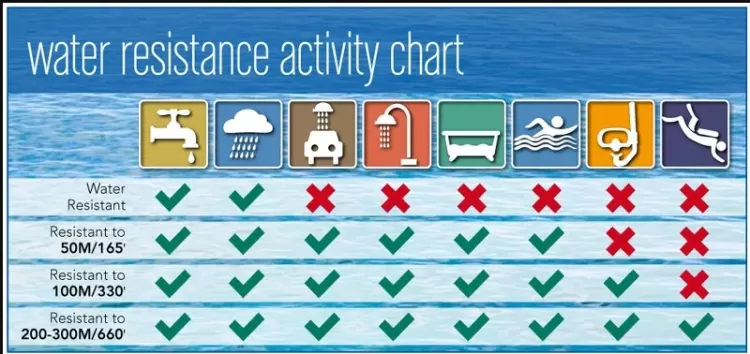
When shopping for a watch, terms like 3 ATM, 5 ATM, or 100M often pop up. These indicate the level of water resistance your watch offers. However, these numbers are commonly misunderstood, as they don’t always reflect real-life water exposure scenarios. This article breaks down what water resistance ratings actually mean, how they are tested, and what you should consider before trusting your watch near water.
ATM, BAR, and Meters: What's the Difference?
Water resistance is typically expressed in three units:
- ATM (Atmospheres): 1 ATM equals 10 meters of pressure under still water.
- BAR: Equivalent to ATM, mostly used in European markets.
- M (Meters): Indicates theoretical water depth but not real-world diving capability.
It’s important to note that these ratings are determined in controlled lab conditions with the watch in a static position. Real-life movement, temperature changes, and dynamic water pressure significantly alter performance.
Common Ratings and What They Really Mean
3 ATM / 30 Meters
This level protects against splashes and rain. It's safe for everyday wear like handwashing or brief exposure to water, but not suitable for swimming, bathing, or submersion.
5 ATM / 50 Meters
Good for light swimming or showering, but prolonged exposure or hot water can still damage seals. It's a decent middle-ground for casual users.
10 ATM / 100 Meters
This rating is found in most sport watches. It's suitable for pool swimming, snorkeling, and general water exposure. Still, it’s not ideal for deep-sea diving.
20 ATM / 200 Meters
This level is suitable for serious water activities like free diving or extensive snorkeling. It offers excellent water protection, but should still be checked regularly for seal integrity.
30+ ATM / 300 Meters and Beyond
Professional dive watches fall into this category. These timepieces are built for high-pressure environments and usually include features like a helium escape valve. Ideal for professional divers and deep-sea applications.
Water Resistance Is Not Permanent
Many people assume their watch’s water resistance is a permanent feature. In reality, gaskets degrade over time, especially with exposure to heat, salt, and pressure changes. Manufacturers often recommend getting water resistance tested every 1–2 years and after any service or battery change.
Match the Rating to Your Lifestyle
Your choice of water resistance should reflect how you use your watch. Here’s a quick guide:
- 3 ATM: Ideal for office wear and formal occasions.
- 5–10 ATM: Suitable for casual swimmers or active users.
- 20+ ATM: Best for adventurers, divers, or anyone around water regularly.
Choosing a watch with the right water resistance not only protects your investment but also ensures you’re wearing the right tool for the right occasion.
What's Your Reaction?








